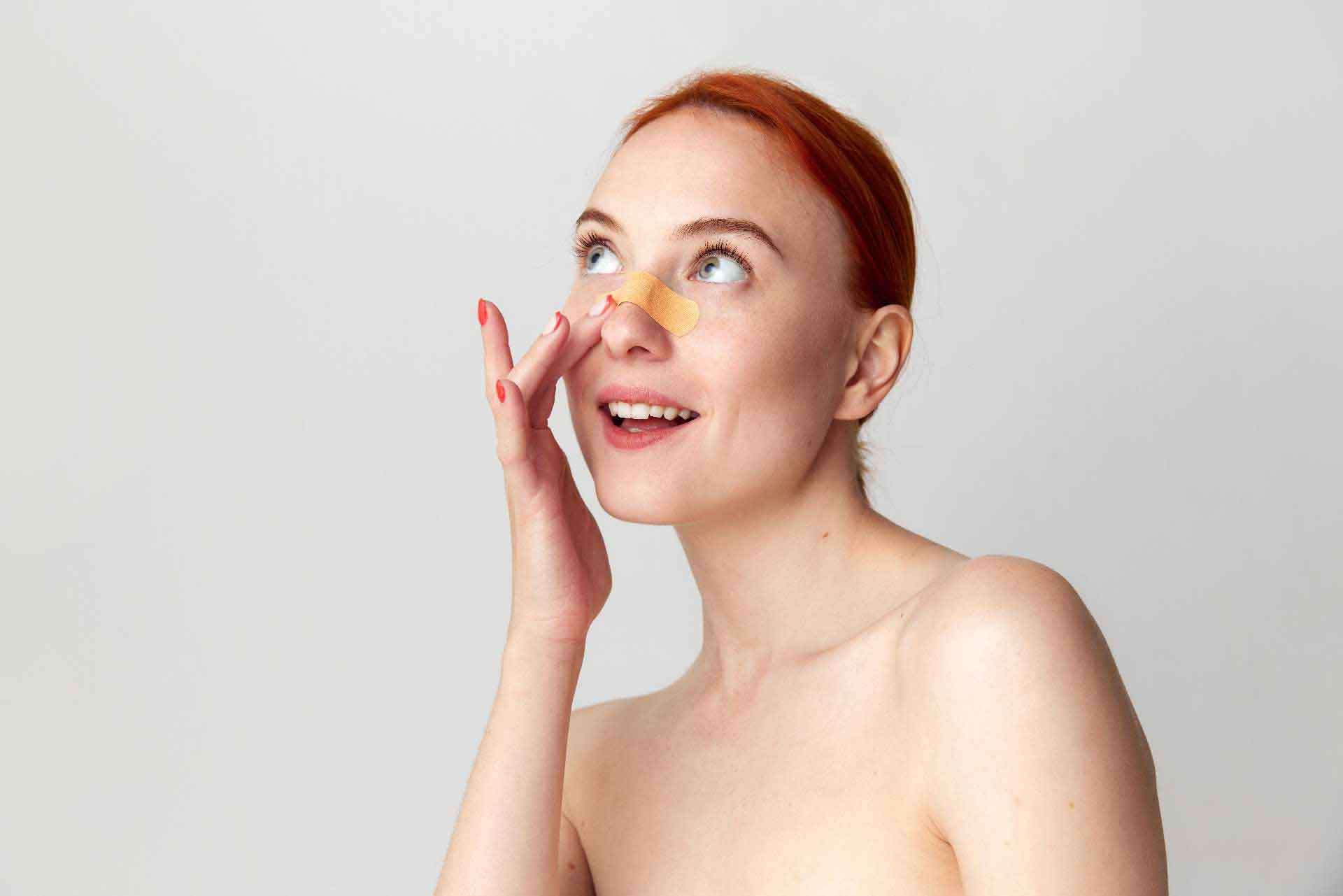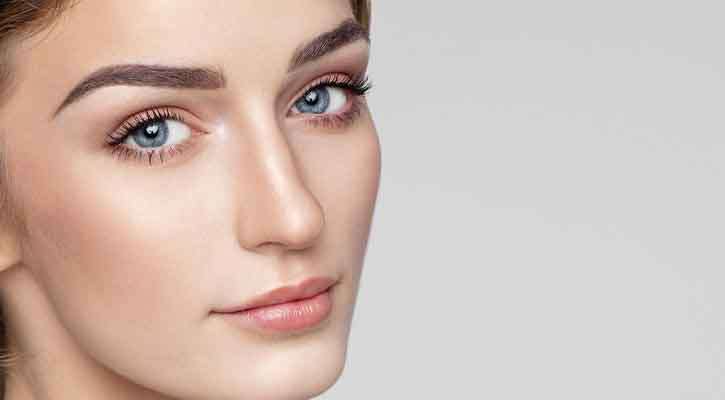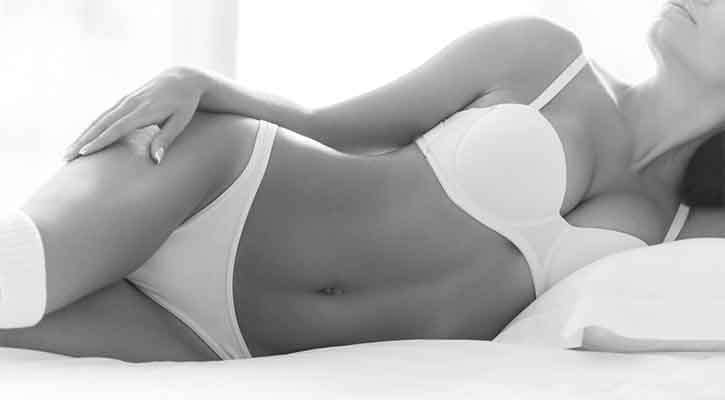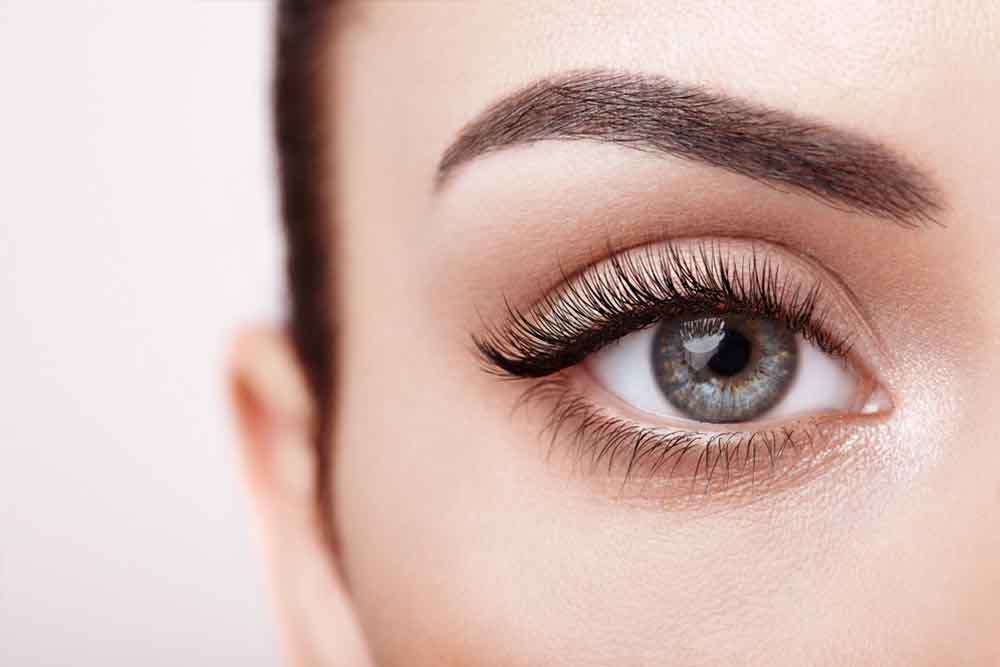What is Structural Rhinoplasty?
Rhinoplasty is the term used for the process of redesigning the nose for aesthetic or various other purposes. In recent years, many different rhinoplasty techniques have emerged. These techniques are carefully planned and applied according to the patient’s needs and nasal structure, ensuring successful results. Structural rhinoplasty is one of these aesthetic nasal surgery types. The widespread application of the structural rhinoplasty technique dates back to the early 2000s. Structural rhinoplasty is a highly detailed surgery. In this procedure, in addition to modifying specific nasal elements such as the nasal bridge, nasal tip, or nasal wings, the remaining nasal structure is also reconstructed according to the patient’s nasal anatomy.
Structural rhinoplasty surgery, like other rhinoplasty operations, is planned specifically for each individual, and since this planning is highly detailed, it is often preferred in complex nasal aesthetic surgeries. In revision nose surgeries—where the desired result is not achieved after the first operation and additional nasal surgeries are required—the revision rhinoplasty technique is frequently preferred.
How is structural rhinoplasty performed?
First, a preliminary consultation between the patient and the surgeon who will perform the operation must take place for structural rhinoplasty. During this consultation, the patient’s complaints and expectations are also considered, and if deemed suitable, a decision is made to proceed with structural rhinoplasty. Structural rhinoplasty is generally the preferred method for revision rhinoplasty procedures. Once the decision for structural rhinoplasty is made, the surgeon performing the operation prepares a detailed surgical plan.
General anesthesia is used for structural rhinoplasty operations. After the anesthesia takes effect, the nasal surgery phase begins. The rhinoplasty procedure is performed according to the surgeon’s planned interventions, considering the patient’s nasal issues. Open technique rhinoplasty is preferred in structural rhinoplasty. With the choice of the open technique, the surgeons performing the operation have the opportunity to fully see and address the nasal problems. The procedure is completed once the incisions made during structural rhinoplasty surgery are closed.
Since structural rhinoplasty surgeries involve more details, this operation may take longer compared to other rhinoplasty procedures. Structural rhinoplasty surgery takes an average of 2-3 hours. The duration may vary depending on the procedures to be performed on the patient and the nasal structure.
Who cannot undergo structural rhinoplasty?
For structural rhinoplasty surgeries, which are frequently preferred by surgeons, a medical examination is conducted with the patient before the surgery. During this examination, the issues with the patient’s nose and post-surgery expectations are determined, and a detailed health history is also requested. Information such as the medications the patients are using, chronic conditions, allergies (if any), and pregnancy status is gathered. Based on this information, it is decided whether the patient is a suitable candidate for structural rhinoplasty surgery. In some cases, patients may not be suitable candidates for structural rhinoplasty surgery.
- Pregnant or breastfeeding mothers, like many other aesthetic and surgical procedures, are not suitable candidates for structural rhinoplasty surgery. A follow-up consultation can be planned with patients once the breastfeeding period has ended.
- Structural rhinoplasty surgeries are not recommended for patients with chronic conditions that would prevent them from undergoing surgery or anesthesia procedures. Additionally, patients who are allergic to anesthesia agents are also not suitable for this operation.
Generally speaking, structural rhinoplasty surgery can be performed on adult male and female patients who do not have any issues that would prevent them from undergoing the surgery.
What can the patient expect after structural rhinoplasty?
The recovery process following structural rhinoplasty surgery is almost the same as that of other rhinoplasty surgeries. The recovery process after structural rhinoplasty and the important points the patient should pay attention to can be listed as follows:
- After structural rhinoplasty surgery, swelling, bruising, or puffiness around the nose and eyes may occur. These effects are considered quite normal. You can get through this process with less bruising and swelling by applying a cold compress after the surgery.
- To prevent swelling, patients are advised to sleep with their heads elevated for at least 2 days.
- It is recommended that patients avoid showering during the first 48 hours after structural rhinoplasty surgery. However, after the first 48 hours, they should not shower with very hot water.
- During the first 2 weeks after the nose aesthetic surgery, patients are advised to stay away from excessively sunny environments or areas where they will be directly exposed to sunlight. In addition to this, avoiding excessively hot and humid environments such as hammams, tanning beds, saunas, and steam baths will help the patient recover comfortably.
- After the structural rhinoplasty operation, it should be taken into consideration that the patient’s nose will be quite sensitive. Accordingly, the patient should protect the nose and its surroundings from any possible impact or force. It is expected that an average of 2 months should pass before using accessories like sunglasses or prescription glasses that rest on the nose.
- After structural rhinoplasty surgery, it is expected to take an average of 6 months to 1 year for the swelling in the nose to subside and for your nose to reach its most natural form. After this period, you will be able to observe the effects of the surgery.
- After your nose surgery, issues such as congestion, numbness, breathing problems, dryness inside the nose, or a reduced sense of smell may occur. While this is not something to be alarmed about, if these effects persist for a long time or if any other unexpected side effects are observed, it is recommended to contact the surgeon who performed the operation.
- After structural rhinoplasty, the surgeon may have specific recommendations or advice for the patient. Following the surgeon’s recommendations carefully will help you go through the recovery process smoothly.
About structural rhinoplasty price information
One of the most frequently asked questions by patients who want to undergo structural rhinoplasty surgery is the price. The prices for structural rhinoplasty are influenced by factors such as the hospital environment where the operation will take place, the length of stay in the hospital, the type of anesthesia to be used, and the experience and expertise of the surgeon performing the operation. According to current regulations, it is not appropriate for institutions and centers approved by the Ministry of Health to share information about the prices of procedures they perform on the internet. You can reach us at +90 212 706 9075 to obtain detailed information about structural rhinoplasty prices. Additionally, if you fill out the “contact” form on our website and leave your information, you will receive a response as soon as possible.












